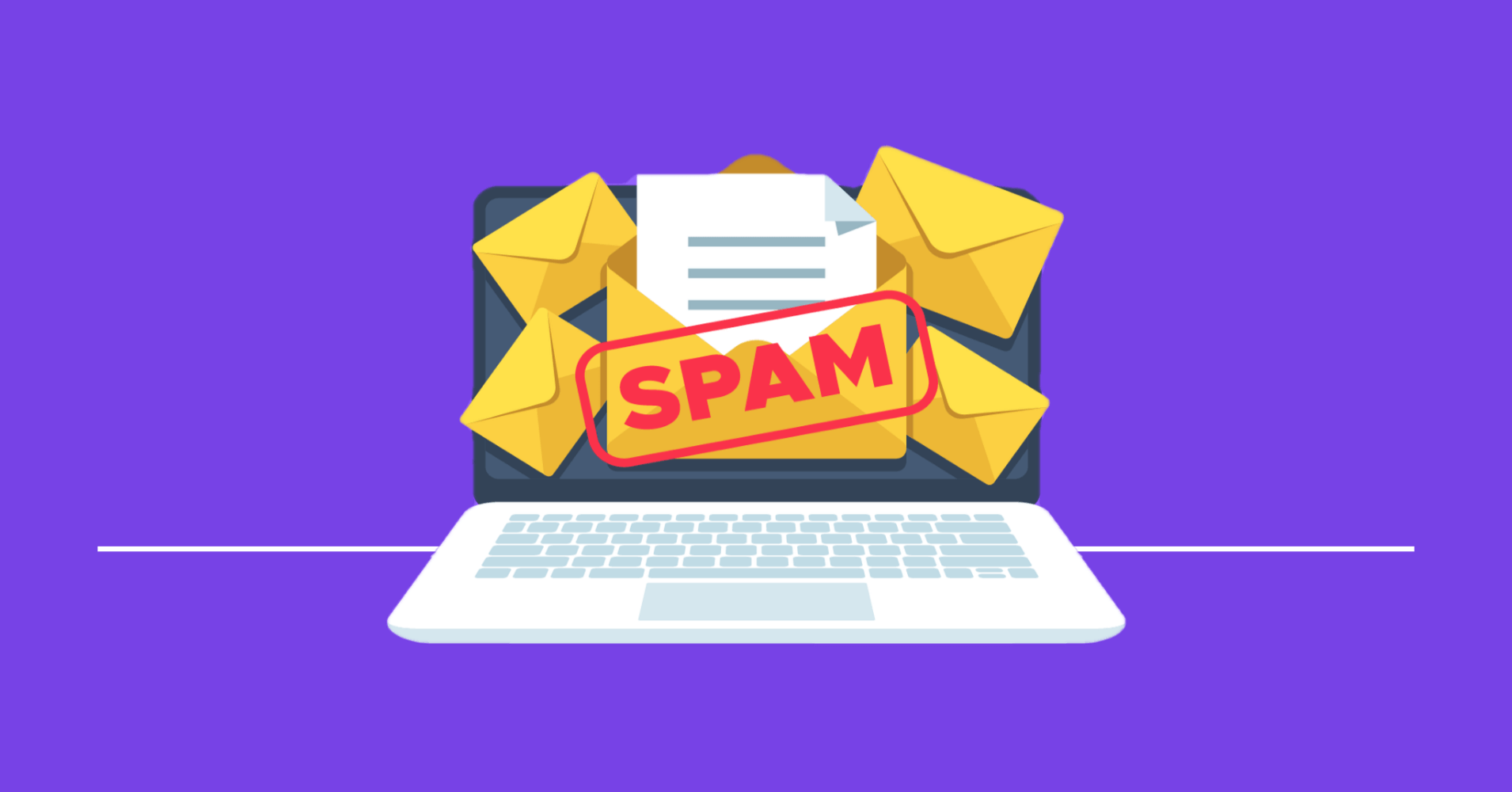Why Do Emails Go to Spam? Understanding and Preventing Email Deliverability Issues
Why Do Emails Go to Spam? Understanding and Preventing Email Deliverability Issues

Why Do Emails Go to Spam?
Email is a vital tool for personal communication, marketing, and business operations. Yet, despite our best efforts, our carefully crafted messages often end up in the recipient’s spam or junk folder. This can be frustrating and detrimental to business communications. So, why does this happen? In this blog post, we’ll explore the common reasons emails end up in spam folders and provide actionable tips to prevent it.
**1. Spam Filters and Their Purpose
Spam filters are designed to protect users from unwanted and potentially harmful emails. They analyze incoming messages based on various criteria, including content, sender reputation, and user behavior. If an email meets certain negative criteria, it’s flagged as spam. Understanding these criteria is key to ensuring your emails land in the inbox.
**2. Common Reasons Emails Go to Spam
**a. Poor Sender Reputation
Your sender reputation is crucial to email deliverability. Email service providers (ESPs) track metrics such as bounce rates, open rates, and spam complaints. If your reputation is poor, your emails are more likely to be flagged as spam. To build a positive reputation:
- Regularly clean your email list.
- Avoid sending emails to unengaged or invalid addresses.
- Monitor your email metrics and adjust your strategy as needed.
**b. Content and Formatting Issues
Spam filters scrutinize email content for certain keywords, phrases, and formatting. Overuse of words like “FREE,” “BUY NOW,” or excessive use of exclamation points can trigger spam filters. Additionally, poorly formatted emails with broken links or missing images can raise red flags. To avoid this:
- Use a professional and clean email design.
- Avoid spammy language and focus on delivering valuable content.
- Test your emails with spam testing tools before sending.
**c. Lack of Authentication
Email authentication helps verify that the email is coming from a legitimate source. Common authentication protocols include SPF (Sender Policy Framework), DKIM (DomainKeys Identified Mail), and DMARC (Domain-based Message Authentication, Reporting, and Conformance). Without proper authentication, your emails may be flagged as suspicious. Ensure you:
- Set up SPF, DKIM, and DMARC records for your domain.
- Regularly review and update your authentication settings.
**d. High Bounce Rates
A high bounce rate indicates that a significant number of your emails are not being delivered. This can result from sending emails to invalid or non-existent addresses. A high bounce rate can negatively impact your sender reputation. To manage bounce rates:
- Regularly clean and update your email list.
- Use email verification tools to remove invalid addresses.
**e. Inconsistent Sending Patterns
Inconsistent sending patterns, such as sending a large volume of emails suddenly or irregularly, can trigger spam filters. Consistency in email sending helps establish a positive sender reputation. To maintain consistency:
- Follow a regular email schedule.
- Avoid sudden spikes in email volume.
**f. Recipient Engagement
Email service providers pay close attention to how recipients interact with your emails. If recipients frequently mark your emails as spam or do not open them, this can impact your deliverability. To improve engagement:
- Segment your email list and target specific audiences with relevant content.
- Personalize your emails to increase engagement and reduce spam complaints.
**3. Best Practices to Improve Email Deliverability
**a. Build and Maintain a Quality Email List
Focus on growing your email list organically through opt-in forms and avoid purchasing email lists. A high-quality list of engaged subscribers is less likely to flag your emails as spam.
**b. Optimize Email Content
Craft compelling and relevant content that provides value to your recipients. Avoid using misleading subject lines and ensure your emails are well-formatted and easy to read.
**c. Monitor and Analyze Email Metrics
Regularly review metrics such as open rates, click-through rates, and bounce rates. Use these insights to refine your email strategy and address any issues that may arise.
**d. Stay Compliant with Regulations
Adhere to email marketing regulations, such as GDPR (General Data Protection Regulation) and CAN-SPAM Act, to ensure you’re following best practices and respecting user preferences.
**4. Conclusion
Understanding why emails go to spam is crucial for improving your email deliverability and ensuring your messages reach the intended audience. By addressing issues related to sender reputation, content quality, authentication, and engagement, you can enhance your email strategy and avoid common pitfalls. Implement these best practices and regularly monitor your email performance to maintain a positive sender reputation and maximize the effectiveness of your email communications.